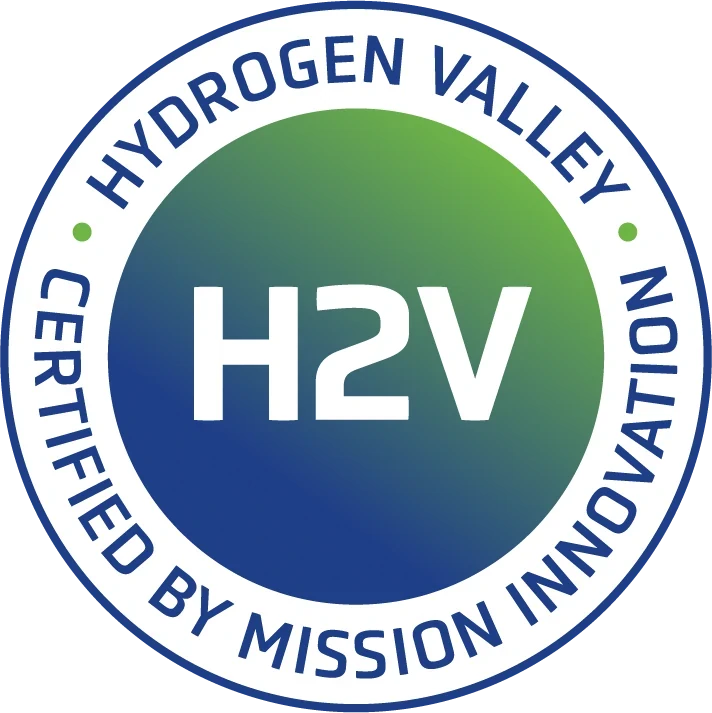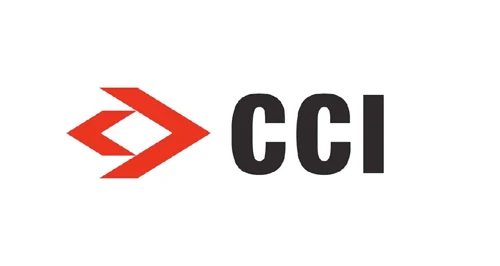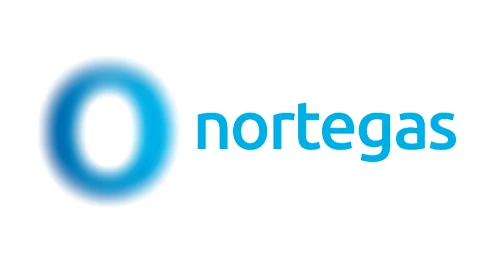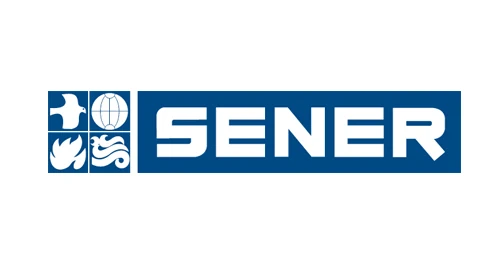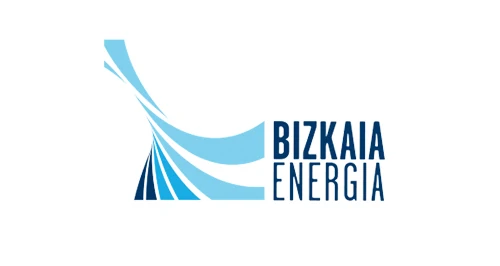HyFive, LEADING RENEWABLE H2 AND E-METHANOL PRODUCER
RENEWABLE HYDROGEN AND E-METHANOL PIONEER
HyFive is a vertically integrated company aiming to develop strategically located industrial scale renewable hydrogen and hydrogen derivatives such as e-methanol targeting the chemical, shipping and aviation industries throughout the Iberian Peninsula and other Southern European countries. We intend to become a leading producer of green fuels for those seeking cost competitive and reliable industrial volumes of renewable hydrogen and hydrogen derivatives in Europe.
HyFive will be present across the entire value chain, including production, transportation, storage and commercialisation of renewable hydrogen and hydrogen derivatives such as e-methanol. HyFive will provide end-to-end carbon neutral solutions to industrial, mobility and transport customers looking to switch to green fuels and support them in every step of their energy transition. Our vision is to become the reference partner for hard to abate sectors across Europe.
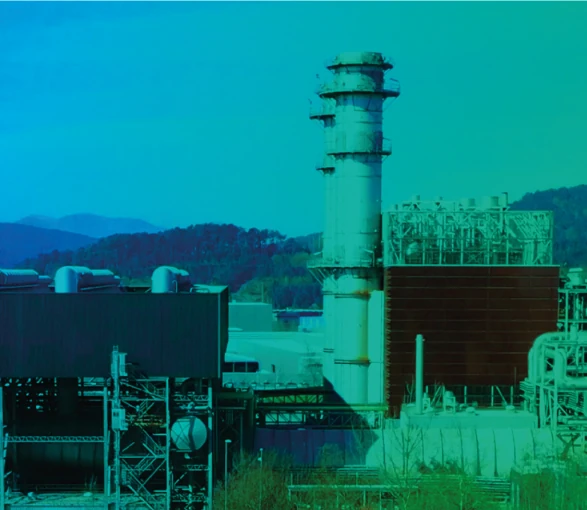
HYFIVE'S HIGHLIGHTS
First Mover Advantage with development having started already in 2019. Significant early know-how of end-uses, costs and offtaker demand.
Strategic Locations Secured with huge scale-up potential and key regional, continental and intercontinental transport links.
Vast Scale-Up Potential in order to meet growing sector demands.
Customer Centric business model with offtakers already identified.
HYFIVE'S COMPETITIVE ADVANTAGES
Vertical integration and first-mover advantage mitigates the risks of a nascent market, while retaining full upside potential.
VERTICALLY INTEGRATED LEADER
HyFive is fully dedicated to developing, owning and operating vertically integrated renewable hydrogen and energy derivatives facilities, present in the full value chain from renewable energy generation and hydrogen production to end consumer consumption, including competitive capital solutions. The same applies to our e-methanol projects.
At HyFive we strive to become the leading reference and preferred-partner for the implementation of sustainable industrial scale decarbonisation strategies for industries across Europe, including shipping and aviation. The key to accomplish our mission and respond to our stakeholders’ expectation is sustainable growth.
WE ARE RENEWABLE HYDROGEN AND E-FUELS
We are HyFive, a company that aims to become the leading developer, owner and operator of a pan-European network of vertically integrated renewable hydrogen and e-methanol facilities, providing safe, cost competitive and reliable industrial volumes of renewable hydrogen and e-methanol across Europe.
Vertical integration stretches from development of renewable energy generation facilities, through hydrogen and e-methanol production and distribution, midstream storage and pipeline infrastructure, to downstream solutions on consumer level, including for example receiving facilities and/or providing hydrogen and e-methanol mobility solutions, including financing thereof.
Our portfolio basis is strategically located throughout Europe, starting in the Iberian Peninsula, and growing into other European countries with industrial scale renewable hydrogen facilities.
Beyond renewable hydrogen we are undertaking the development of integrated hydrogen derivative projects, allowing direct decarbonisation of for example marine transport, aviation and or the chemical industry.
water
plants
animals
humans
The challenge?
Sustainably harnessing hydrogen as a gas (H2) on a large scale, in a competitive manner, in order to fuel decarbonisation of the private and industrial sectors.
BENEFITS OF RENEWABLE HYDROGEN AND E-METHANOL
Hydrogen is obtained from high purity water, releasing pure oxygen in the process, and it doesn’t emit any polluting gasses or particles whatsoever during its production or consumption.
Green hydrogen can be stored without losses of energy over long periods of time, opposed to for example batteries. This allows it to be used for other purposes and at times other than immediately or only shortly after its production. Aspects like intermitted availability of renewable energy can thereby be overcome, while still meeting demand.
Hydrogen can be stored and transported pure, in liquid or compressed gaseous form, or making use of a carrier like ammonia, methanol, or a Liquid Organic Hydrogen Carrier (LOHC). Especially in liquid form, Hydrogen has a very high energy density, making it very suitable for transport or storage.
In compressed gaseous form energy density depends on pressure. Whereas not the same density can be achieved as in liquid form, compression makes still a viable option for storage and transportation. In the mobility sector two pressure standards are being used, 350bar for commercial transport, i.e. for trucks and buses, and 700bar for personal vehicles.
Hydrogen has many different applications. Besides for combustion (heating) it can for example be transformed into synthetic gas or electricity for commercial, industrial and mobility purposes.
Hydrogen can be used for heating buildings as well as in industrial processes. With hydrogen, much higher heating temperatures can be achieved compared to electric heating, making it the only suitable alternative for fossil fuels in many industrial uses.
Hydrogen can serve as feedstock or catalyst in refining and petrochemical processes, and also in fertilizer, paint, food and chemical industries.,
Unlike all fossil fuels like coals and oil, green hydrogen is a clean energy source that only emits water vapor and generates heat, leaving no harmful residues in the air.
Green hydrogen is carbon free and it plays a key role in the decarbonisation of the industrial, private and mobility sectors.
STRATEGIC LOCATIONS
The race to decarbonise our planet has begun and is gaining momentum. Join us by embracing renewable hydrogen as the leading solution for security of supply as well as to reverse climate change.
As strategic developer, owner and operator, HyFive will be active across the entire value chain, including generation of renewable energy, production, transportation, storage and commercialisation of renewable hydrogen and related green energy products such as e-methanol for chemical, shipping and aviation industries.
HyFive will provide end-to-end carbon neutral solutions to industrial customers looking to switch to green energy fuels and will be critically present throughout the energy procurement process to support its customers in every step of their energy transition.
The Iberian peninsula has many advantages compared to regions with lower solar or wind intensity, in combination with abundantly available land.
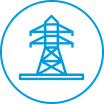
Strong and well interconnected transmission network, with a unified electricity market (OMIE).

Unique resource mix of extended solar hours, high solar irradiation, strong winds, and heavy rainfall.

Population density strongly concentrated in urban areas resulting in a limited reach of the negative impacts of renewable developments.

Significant portion of land with no current added value use, resulting in low prices and high availability of large plots of land.

Supportive Government with targets for renewable H2 production and deployment in Spain by 2030 included in “Ruta del Hidrógeno Verde”: 4GW of electrolyser capacity to produce 300-600k tons of renewable H2 annually, and 150-200 HRS operational to fuel hydrogen-powered vehicles.

Robust H2 transport and storage infrastructure, including pipelines such as the planned H2MED that will connect Spain, Portugal, France and Germany, supporting the domestic H2 economy and potential exports. Iberia, is set to become a regional leader in renewable development and renewable H2 production over the next decade as a result of a mix of unique characteristics that set it apart in Europe.
Iberia is set to become a regional leader in renewable development over the next decade as a result of a mix of unique characteristics in Europe. It therefore serves as a great platform for HyFive to develop its vast growing portfolio of renewable hydrogen and derivative projects.
- Joint Ventures / partnerships and offtaker agreements with key players in the industry collaborating in the design, execution and operations.
- Most of HyFive’s projects can be scaled up thanks to abundantly available renewable energy, land, water and good connections to the hinterland and deep sea marine facilities in exisiting ports.
- Infrastructure includes hydrogen pipelines, refuelling stations, storage facilities, participation in decarbonisation processes for industries.
- We envision the creation of an Hydrogen Commercialisation team across Europe, as an independent business line, to develop sales channels once the hydrogen market grows and becomes more liquid. The team will focus on direct sales to offtakers and the injection into transport and distribution grids, aiming to capture the retail margin and foster demand for renewable hydrogen.
- Investment in and development of renewable hydrogen related infrastructure to unlock the full potential of hydrogen demand.
- Flagship projects underway awarded with grants.
Hydrogen Refuelling Stations (HRS): promoting sustainable mobility
Mobility is the engine that powers our daily lives, both in private and industrial uses. In terms of sustainable mobility, green hydrogen is one of the greatest fuelling alternatives to traditional energy resources. In recent years, newly opened hydrogen refuelling stations have been annually breaking record numbers, with more than 685 operating hydrogen stations worldwide by the end of 2021 and a rapidly expanding HRS network throughout Europe.
Key advantages of hydrogen vehicles are that they offer a greater level of autonomy, less dependence on the battery and, unlike traditional electric vehicles, refuelling times are shorter, similar to those of combustion vehicles. In addition, Fuel Cell Electric Vehicles (FCEV) are extended range vehicles, more suitable to operate in mountainous areas and operate flawlessly in hot and cold climate conditions than battery electric vehicles. Material efforts to expand the network of hydrogen stations must be made in order to accelerate the hydrogen mobility sector.
It’s necessary to install a dense network of HRS across Europe; Spain aims to have a network of more than 100 hydrogen stations by 2030. All over Europe, national ambitions and policies are aiming to rapidly grow the HRS network.
In order to support a rapid clean energy transition and reduce greenhouse gas emissions, the global hydrogen production must double every year, to dramatically change the energy landscape by 2030.
Hydrogen Fuel Production
Hydrogen is a clean fuel that, when consumed, releases only energy and water. It can be produced from domestic resources such as fossil fuels, biomass and water electrolysis. It can be used to store, move and deliver energy.
Hydrogen from fossil fuels is called grey hydrogen and obtained from carbon, methane or natural gas steam reforming. When the CO2 that is thereby emitted is captured, the hydrogen is called blue.
When hydrogen is made from steam reforming biogas is called clean hydrogen, but releasing CO2 and other impurities in the process. Hydrogen can also be produced through water electrolysis, and only when the source of power is renewable energy, it can be called Green Hydrogen.
We generate green hydrogen through an electrolysis process powered by renewable energy sources, such as wind, solar and hydro.
Today, about 95% of all hydrogen is produced from steam reforming of natural gas. Help us transform the energetic landscape and tip the scale in favor of green hydrogen production. The primary challenge for hydrogen production is reducing the Levelised Cost Of Hydrogen (LCOH) through advanced mass production technologies, improved electrolysed and fuel cell design with better efficiencies and less usage of rare and expensive materials, competitive renewable energy and lastly, scalability.
Our plants reuse and adapt existing energy installations, resulting in significant cost reductions, which allows us to generate hydrogen that competes with conventional energy fuels on a cost basis.
LATEST PRESS & MEDIA

Celebrating a milestone for Musel GreenMet
We are pleased to announce that the Consejería de Movilidad, Medio Ambiente y Gestión de Emergencias has published in the

Europe takes a key step towards eSAF: Hy5 joins the pilot to decarbonize aviation
At Hy5, we have joined over 40 #European organisations in calling on national governments to urgently launch a pilot #eSAF

Koppö Energia has announced a switch from eLNG to eMethanol. Why eMethanol?
While eLNG can serve as a drop-in fuel for NG-ready ships, its economic viability remains challenging without substantial subsidies or
